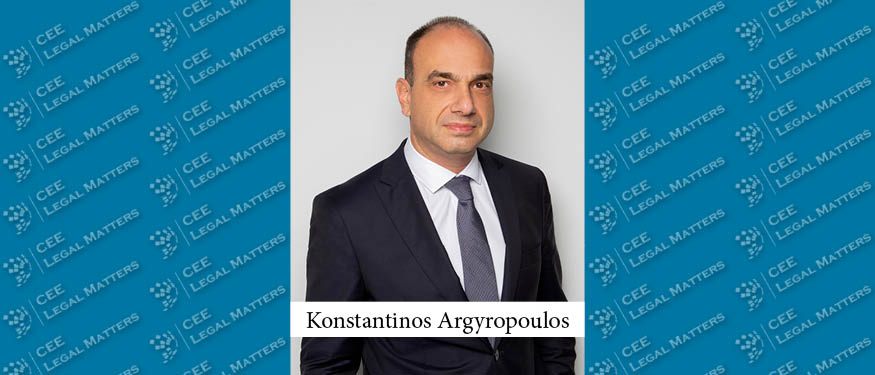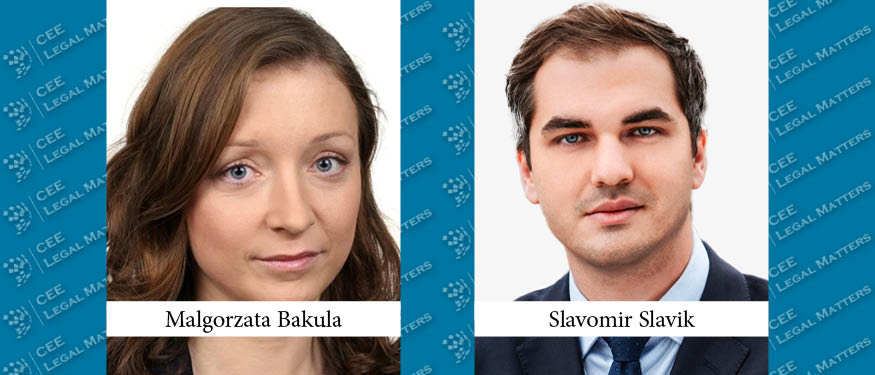Historically, Poland’s Renewable Energy Sources (RES) sector has relied heavily on long-term project finance, with loan tenors of 15-18 years from project completion. In the current local financial landscape, high interest rates persist with WIBOR remaining elevated despite attempts at correction, and the cost of long-term interest rate swaps continuing to soar.
This complex environment has catalyzed a shift in project financing strategies, pushing developers and investors toward more flexible and innovative solutions as alternatives to traditional long-term bank financing. In addition to such a trend driven by higher lending costs, some lenders are prepared to provide a range of financial instruments tailored to various stages of project development, including very early development stages.
Foremost among these emerging structures is construction bridge financing. Unlike traditional financing models, this type of financing is not always secured by contracted revenues – i.e., power purchase agreements (PPA) or contracts for difference auction support. It serves as a transitional financial tool, offering liquidity during the construction phase and not necessarily focusing on the source of repayment after completion. Such flexibility allows developers to adapt to market conditions and project-specific demands without being constrained by rigid financial arrangements. This type of financing is quite common in certain Western Europe markets and its increasing popularity locally confirms that the Polish RES market is maturing. Mini-perm financing usually spans three to seven years and is secured by contracted revenues (though the PPA may be a short-term contract). It offers a strategic interim solution between construction and long-term financing. This option allows developers to stabilize their projects, optimize operations, and enhance financial performance before securing more permanent funding arrangements. By providing this temporary financial bridge, mini-perm financing supports developers and investors in achieving operational maturity and financial stability. This type of financing is particularly appealing for projects looking to capitalize on more favorable market conditions in the near term.
Alongside the short-term options mentioned above, it’s also important to highlight grid deposit financing. This mechanism addresses the initial capital requirements needed to secure grid connections – a critical element in the early phases of RES projects. Essentially, grid deposits are payments made by developers to grid operators to guarantee access to the electrical grid for their projects. These deposits ensure that the necessary infrastructure is in place to support the transmission of energy once the project becomes operational. Importantly, once the project reaches completion and begins operation, the grid deposit is typically returned to the developer. The funds from this return can then be used to repay the initial loan, providing a seamless financial cycle that supports both development and repayment. Pre-ready-to-build (pre-RTB) financing has also gained significant traction. This form of financing provides the essential funds required to complete pre-construction activities, including permits and design work. By bridging the gap between project conception and actual construction, pre-RTB financing enables developers to advance their projects to a more mature stage, attracting further investment. This early-stage funding is crucial for maintaining momentum and ensuring the project remains on schedule. The rationale for pre-RTB financing typically applies only to vast portfolios, with some projects failing to secure grid connections and funding, while others succeed.
The evolution toward these diversified financing structures has been accompanied by the increasing presence of alternative (private) debt providers. These entities, driven by a nuanced understanding of the RES sector’s unique requirements, offer bespoke solutions tailored to specific project needs. For instance, the recent establishment of Eiffel Investment Group’s office in Warsaw underscores the growing significance of private debt in Poland’s RES market. The activity of private debt providers introduces a dynamic element, offering fresh perspectives and competitive alternatives to traditional banking institutions.
This shift in financing paradigms reflects a broader acknowledgment of the distinct challenges and opportunities inherent in RES projects. As technological advancements and sustainability imperatives continue to reshape the energy landscape, innovative financial solutions have become indispensable. They are particularly essential for this market, characterized by very high capital expenditures at the beginning and relatively low opex during operation.
In summary, Poland’s RES sector has transitioned to a mature stage of development. The advent of short-term and early-stage finance, coupled with the growing role of private and alternative debt providers, is reshaping the financial landscape. This evolution not only supports the industry’s expansion but also aligns with Poland’s commitment to a sustainable energy future – a future that looks bright as new financing options continue to drive innovation and growth, paving the way for a more sustainable and energy-efficient Poland.
By Piotr Nerwinski, Partner, and Jakub Walawski, Senior Associate, Greenberg Traurig
This article was originally published in Issue 11.11 of the CEE Legal Matters Magazine. If you would like to receive a hard copy of the magazine, you can subscribe here.















